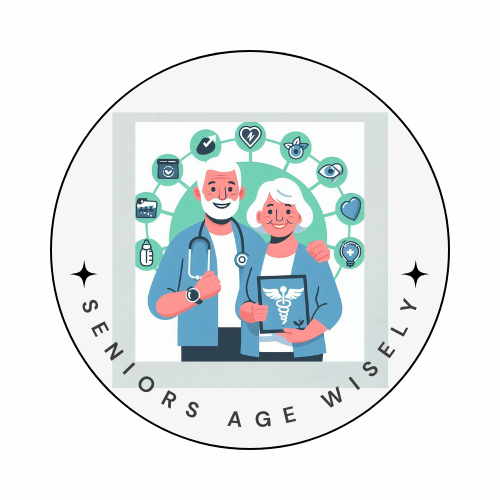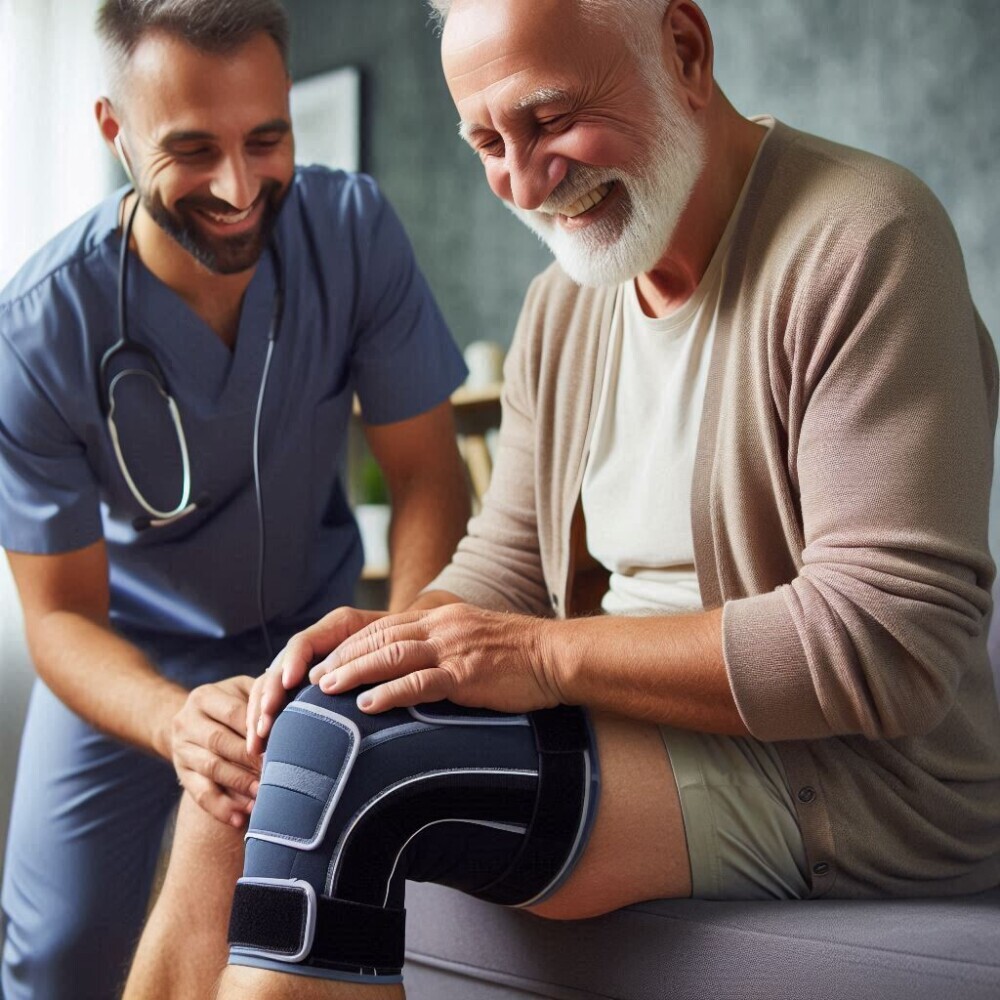
As we get older, aches and pains can become an all-too-familiar part of life. Whether it’s that stubborn lower back pain, the stiffness of osteoarthritis, or the lingering discomfort from an old injury, finding relief that doesn’t involve a handful of pills can feel like a bit of a treasure hunt. It becomes that all important question of how to manage pain. One option that’s gaining popularity—especially among seniors—is something called a TENS device. Don’t let the technical-sounding name scare you off! TENS stands for Transcutaneous Electrical Nerve Stimulation, and it’s actually a simple, gentle, and non-invasive way to manage senior pain relief from the comfort of home.
So, what exactly is a TENS device, and how can it help? Let’s break it down in plain English.
What Is a TENS Device, Anyway?
A TENS device is a small, battery-powered gadget—many are even pocket-sized—that sends tiny electrical pulses through your skin to the nerves underneath. These electrical pulses aren’t painful; in fact, most people describe the sensation as a mild tingling or gentle tapping feeling. Think of it as electrotherapy for neck pain, electrotherapy for knee pain, for back pain, wrist pain—the list goes on.
The idea behind TENS therapy is to “interrupt” the pain messages your body sends to your brain. When those messages are scrambled or blocked, you simply don’t feel the pain as strongly—or sometimes not at all. At the same time, the electrical pulses help trigger the release of endorphins, which are your body’s natural feel-good chemicals. Think of them as your body’s own pain relievers, built right in.
How Does It Work?
It’s surprisingly simple. The TENS unit has small sticky pads called electrodes that you place on your skin—usually near the area that’s hurting. Once everything is in place, you turn the machine on and adjust the settings to your comfort.
Most units let you customize things like:
- Intensity (how strong the pulses feel)
- Frequency (how fast they pulse)
- Duration (how long the session lasts)
- Modulation (this changes the pulse patterns to keep nerves from getting too used to one setting)
This adjustability means you can really use this non medical pain relief to tailor your treatment to what feels best for your body.
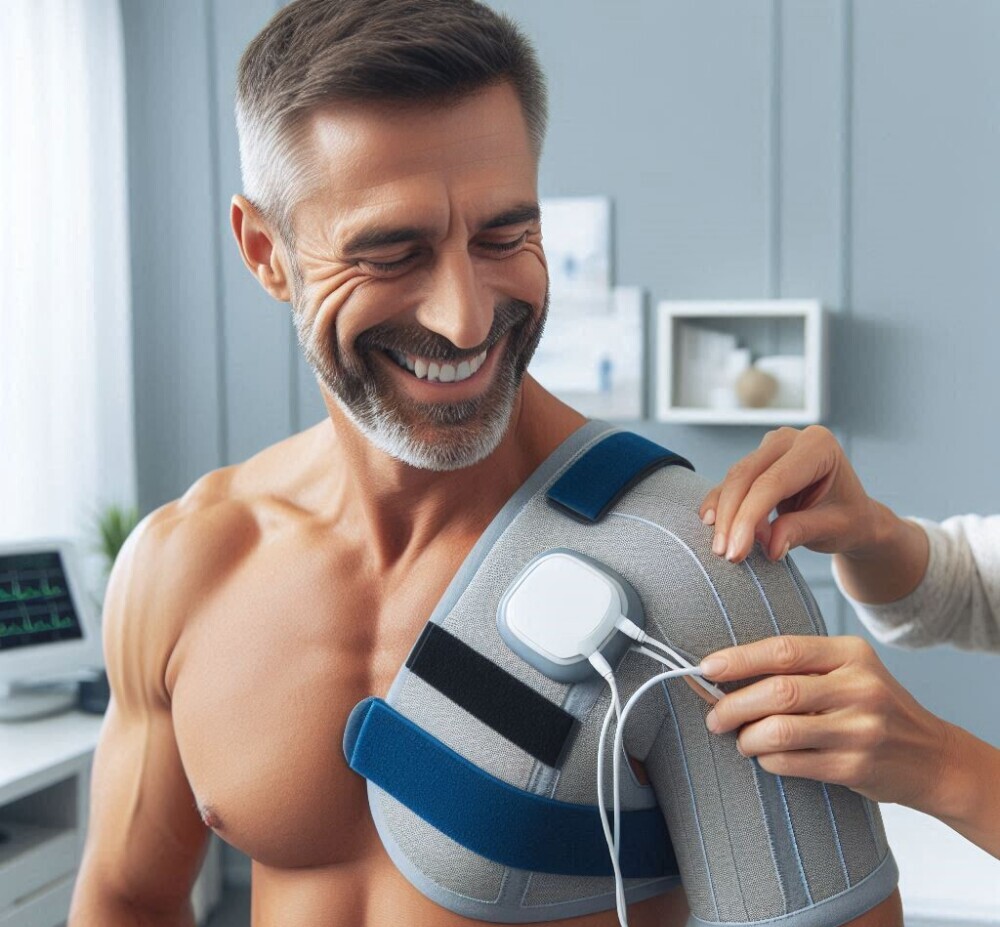
What Kinds of Pain Can TENS Help With?
TENS therapy has been used to ease a wide range of pain issues, especially those that are common in later life when many seniors find themselves looking for non-medical treatments for chronic pain. Here are a few conditions where people often find it helpful:
- Chronic back pain – A frequent complaint, especially in the lower back.
- Osteoarthritis – The joint pain and stiffness that comes with wear and tear over the years.
- Fibromyalgia – A condition that causes widespread muscle pain and tenderness.
- Sports or activity injuries – Even old injuries can benefit from this gentle stimulation.
Some people also use TENS for neck pain, shoulder pain, sciatica, and even knee pain. While it’s not a cure, many users say this non medical treatment of pain helps reduce their discomfort enough to enjoy daily activities more.
Are TENS Devices Safe?
Yes, TENS therapy is generally considered very safe when used as directed. It’s a drug-free and non-invasive method of pain management with minimal risk of side effects. The most you might feel is a bit of skin irritation if the electrode pads are left on too long—but this is easily avoided by following the instructions and giving your skin a break between sessions.
However, as with any new treatment, it’s always wise to check with your doctor first, especially if you have a pacemaker or another implanted medical device, or if you’re pregnant.
How Easy Is It to Get One?
Here’s the good news: TENS units are widely available without a prescription. There’s a wide variety of models to choose from, depending on your needs and budget. Some units are basic and affordable, while others offer more advanced features and settings.
You don’t need to be tech-savvy to use one, either. Most come with easy-to-read instructions, and many modern units even have clear digital displays and pre-set programs for common pain areas.
Exciting New Options: TENS Is Getting an Upgrade
TENS therapy has come a long way from just sticky pads and wires. Today, there are a few exciting innovations that make it even more comfortable and effective:
1. Wearable Compression Electrode Garments
Imagine slipping on a soft sleeve or wrap—like a knee brace or elbow support—that not only compresses the area for support but also delivers TENS therapy right where you need it. These wearable pain relief devices combine gentle electrical stimulation with compression, helping to relieve deep, chronic pain while improving circulation. It’s therapy you can wear while moving around the house or relaxing in your chair.
2. Circulation Promoters
These are especially helpful for anyone with tired, swollen feet or poor lower leg circulation. Circulation promoters are usually footpads that use TENS technology to gently stimulate the muscles and nerves in your feet and legs. Many people find them soothing and energizing—perfect after a long day or while watching TV in the evening.
3. Neck Massagers with Heat and TENS
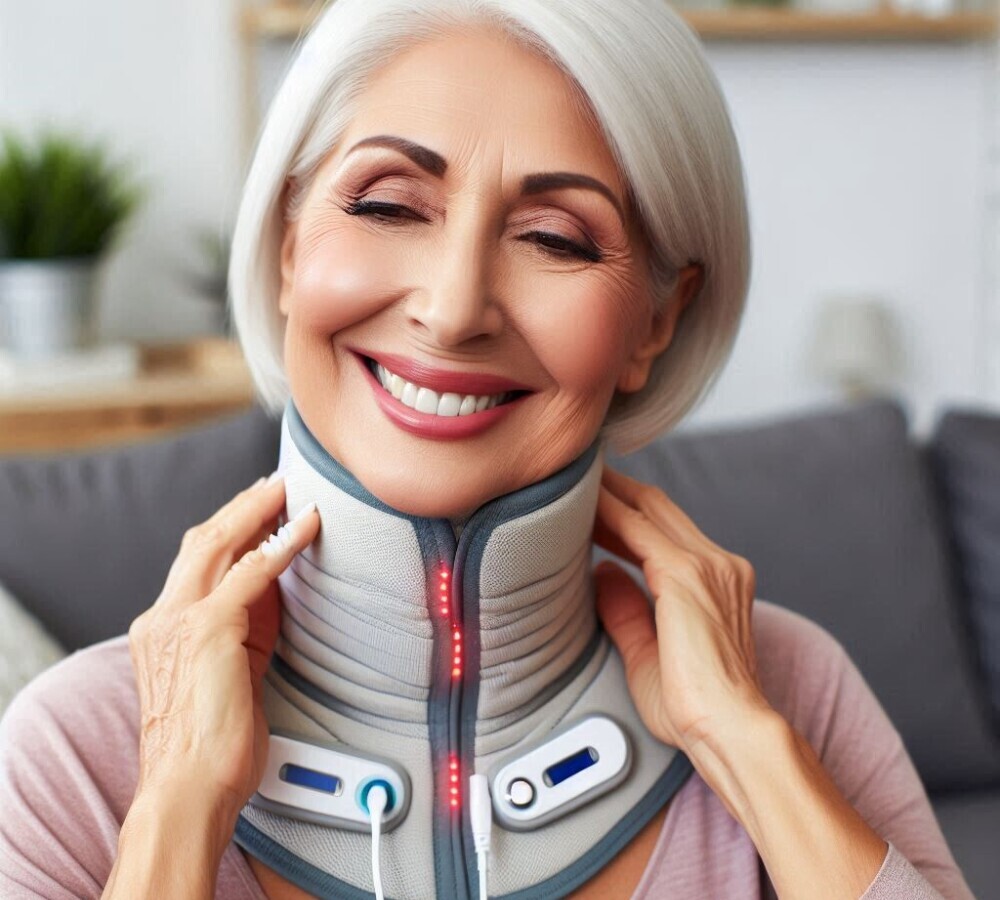
Neck pain is a common issue, especially from years of looking down at books or doing tasks around the house. Modern TENS-powered neck massagers now combine gentle electric stimulation with soothing heat and massage functions, offering a spa-like experience right at home.
4. Pocket-Sized, Fully Adjustable TENS Units
Today’s TENS machines are sleeker and smarter. Some are small enough to fit in your pocket or clip onto your waistband. They often have customizable settings for pulse width, pulse frequency, and modulation—wearable pain relief technology giving you full control over how your therapy feels. With rechargeable batteries and simple controls, they’re perfect for seniors who want relief without the hassle.
Tips for Getting the Most Out of Your TENS Device
If you’re thinking of trying a TENS device, here are a few friendly tips to help you get started:
- Start slow. Use the lowest intensity setting first and increase gradually as you get used to the sensation.
- Be consistent. Regular sessions—maybe once or twice a day—often give the best results.
- Keep your skin clean. Make sure the area where you place the electrodes is clean and dry to avoid irritation.
- Don’t place electrodes directly on joints or bones. They work best on the soft, fleshy areas near your pain points.
- Rotate electrode placement. This helps prevent skin irritation and keeps the therapy feeling fresh.
Final Thoughts
Living with pain isn’t easy, but tools like TENS devices offer a gentle, drug-free way to take some control back and find an answer to how to ease pain in elderly! They’re affordable, safe, and surprisingly easy to use—even if you’re not into gadgets. And with newer options like wearable garments, foot circulation boosters, and heated massagers, there’s something out there for just about every ache and pain.
So, if you’re tired of always reaching for the pill bottle or just want another tool in your pain relief toolkit, a TENS device might be just the thing to try. Talk to your doctor, explore your options, and most importantly—don’t let pain keep you from enjoying life.
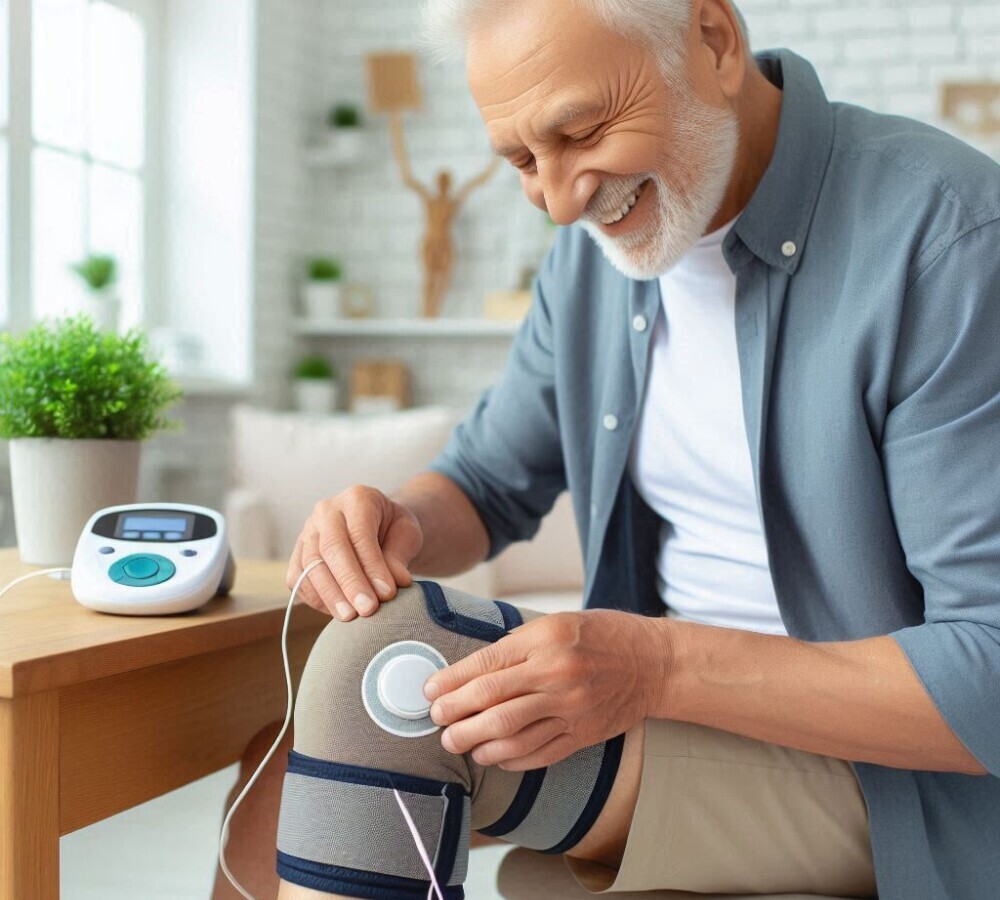
Affiliate Disclosure
Here’s a little transparency: Our website contains affiliate links. This means if you click and make a purchase, we may receive a small commission. Don’t worry, there’s no extra cost to you. It’s a simple way you can support our mission to bring you quality affiliate marketing content.
